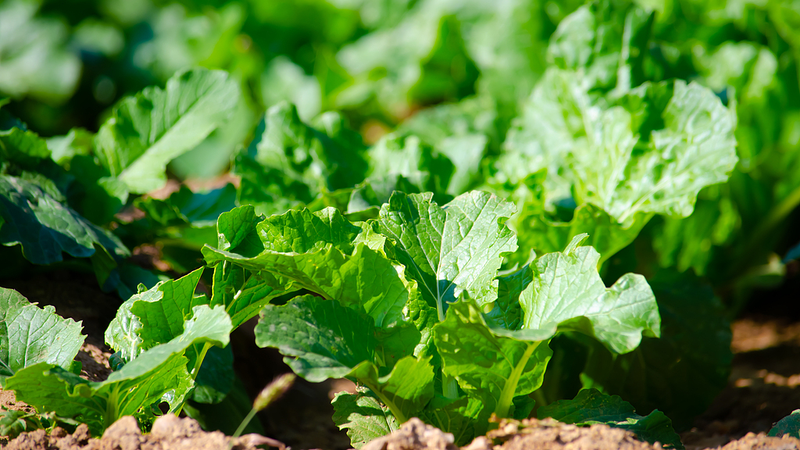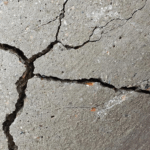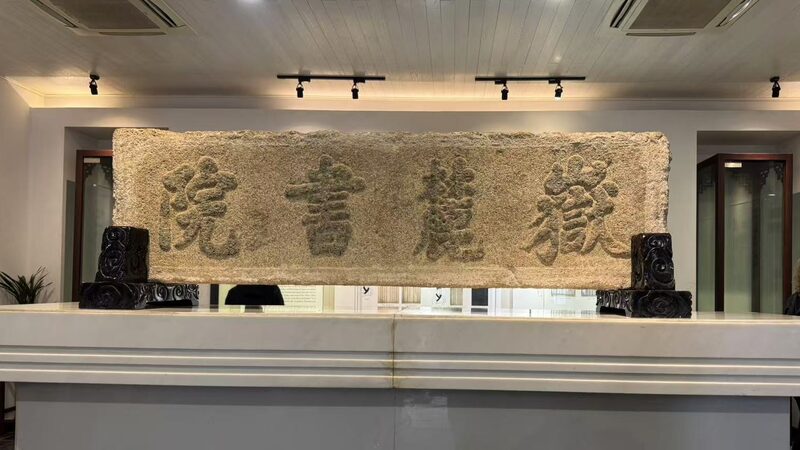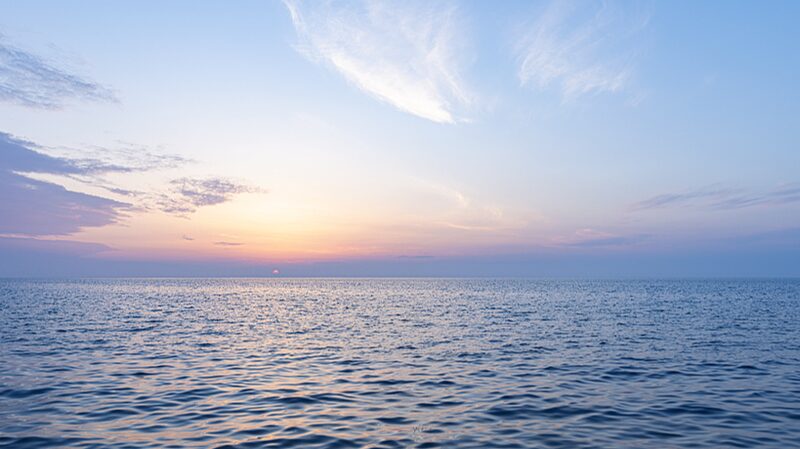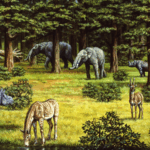A groundbreaking study by researchers at the Chinese Academy of Sciences' South China Botanical Garden has revealed a collaborative relationship between soil microorganisms that could revolutionize vegetation restoration on tropical coral islands. Published in Soil Ecology Letters, the findings address critical challenges in stabilizing these fragile ecosystems, which face extreme conditions like high salinity, drought, and nutrient scarcity.
Why Coral Islands Struggle to Sustain Life
Tropical coral islands are ecological paradoxes: their isolated environments host simple food chains and low biodiversity, making them vulnerable to collapse. Artificial vegetation—often introduced to combat erosion—fails to thrive long-term due to poor soil fertility and limited microbial activity. The study found that even improved soil conditions in early restoration stages lag behind natural vegetation by up to 40% in key metrics like enzyme activity and nutrient cycling.
The Microbial 'Tag Team' Driving Recovery
Researchers discovered a dynamic partnership between fungi and bacteria during restoration. Drought-resistant fungi dominate initial phases, breaking down tough organic matter to create habitable conditions for plants. As ecosystems mature, bacteria take over, accelerating carbon and nutrient cycling to sustain long-term stability. This sequential collaboration highlights nature’s blueprint for resilience.
Unlocking Global Implications
The study identifies carbon and phosphorus shortages as critical bottlenecks, urging targeted nutrient management in restoration projects. Researchers recommend extended monitoring of recovery models to refine techniques—a strategy that could aid vulnerable ecosystems worldwide, from atolls to coastal regions. 'This isn’t just about islands; it’s about rethinking how we heal stressed environments,' noted lead ecologist Dr. Li Wei.
With 30% of the world’s coral islands at risk of ecological collapse, these insights offer a timely roadmap for balancing human intervention with natural processes.
Reference(s):
New strategy proposed to optimize vegetation on tropical coral islands
cgtn.com
